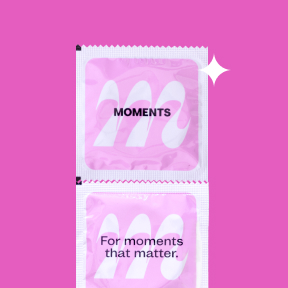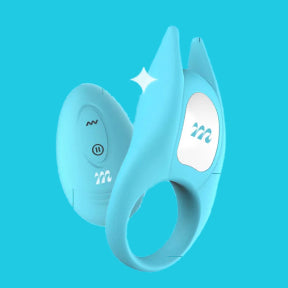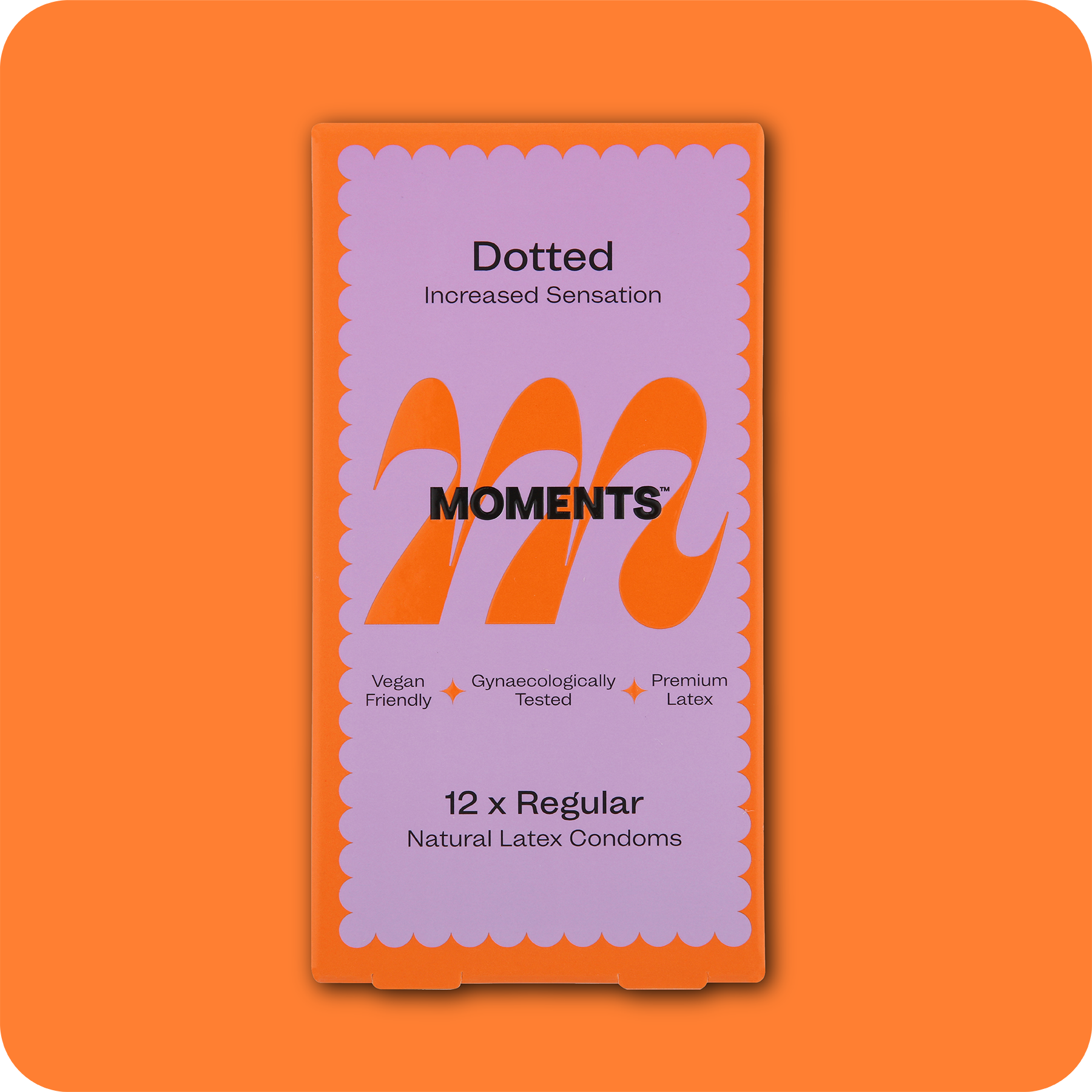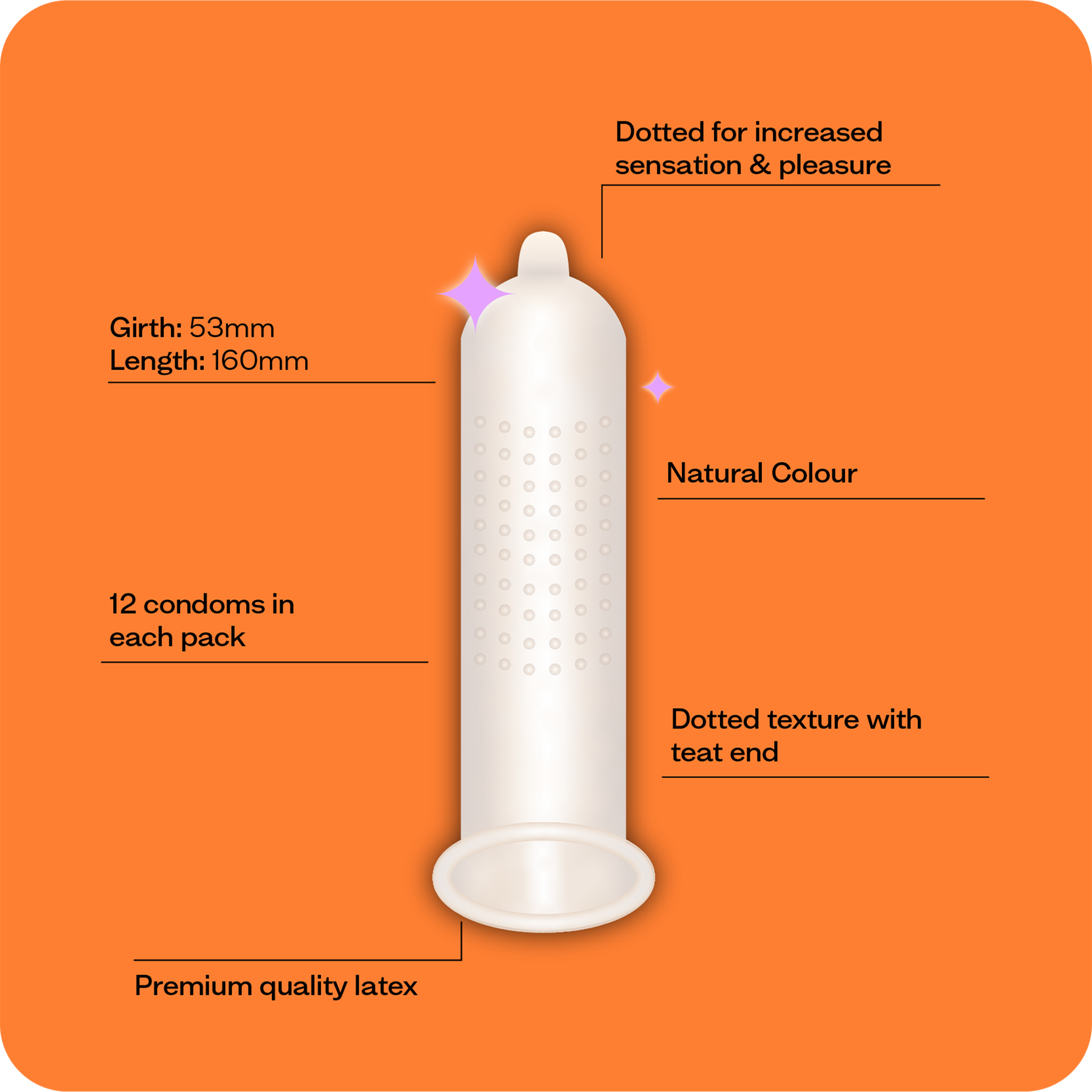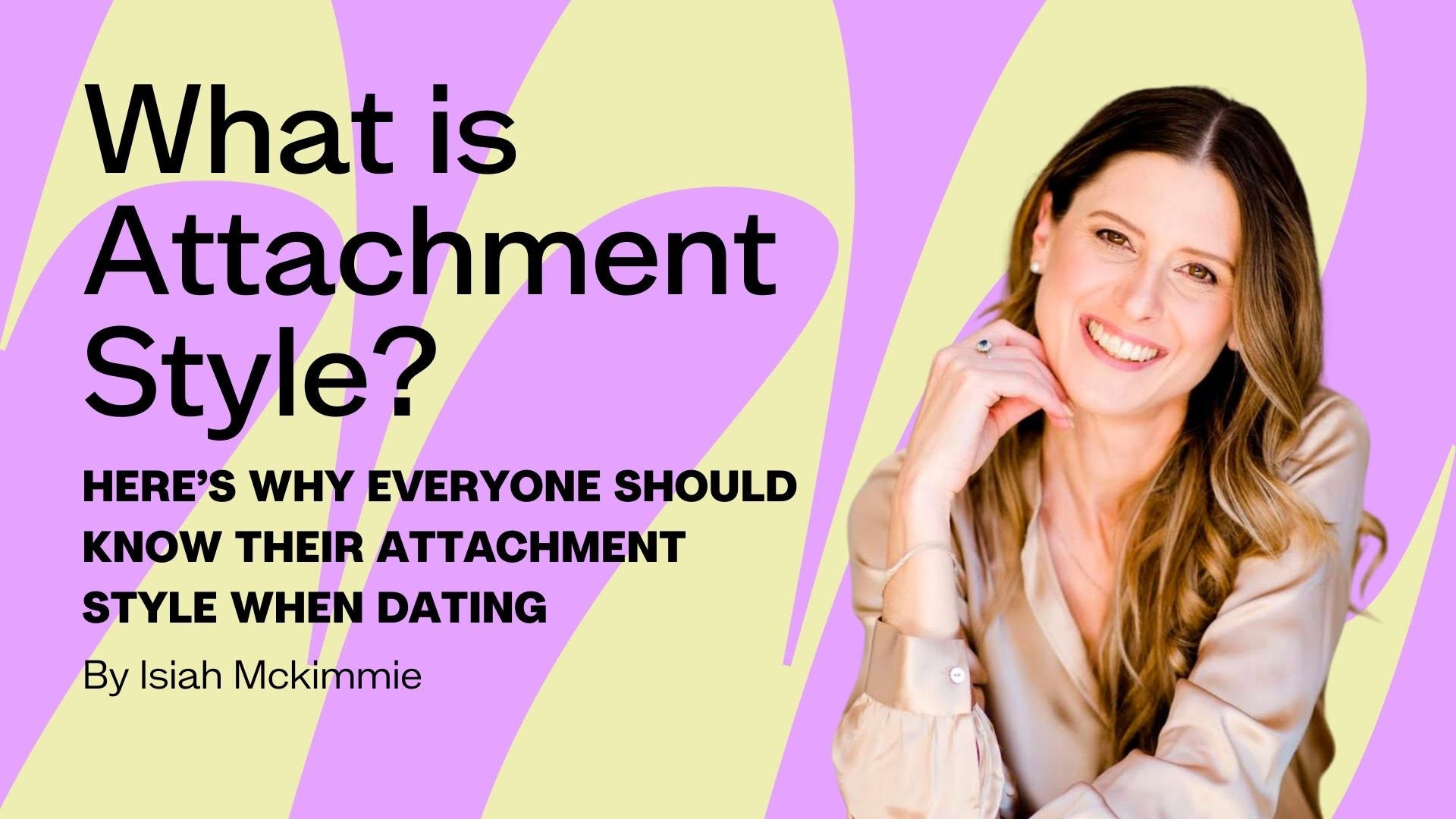

What is Attachment Style when dating?
Last year, my friend (let’s call her Sal), fell in love.
She declared to me after the first date that he was perfect - the one.
Her new relationship seemed to be going great… for a few weeks at least.
Then her new love started finding reasons to cancel their plans. He wouldn’t reply to her messages for hours at a time, even when there seemed to be no reason for it.
As a competent problem-solver, she tried to work out what she was doing ‘wrong’.
She would message him constantly, hoping to get his attention. She would call me to go over their conversations. She would ask him to talk about his feelings for her.
But as she tried to make it better, he pulled away even more.
After a whirlwind few weeks, he broke up with her.
Sal is smart, beautiful and confident. If you met her at a party, she would be the life of it - telling stories and making people laugh. You’d get the impression that she isn’t easily pushed around.
Her second guessing herself didn’t fit with what most people knew of her.
It also left her feeling both confused and heartbroken. For weeks she tried to get answers on what had gone wrong.
While she blamed herself, the answer was actually in her Attachment Style - and his.

What are Attachment Styles?
Attachment Styles are like a ‘blue print’ for how we behave in relationships.
Our Attachment Style determines what our fears are in a relationship, how we respond in relationship conflict and what we need from a partner.
But the role of Attachment Style goes even further than that.
Attachment Style is also responsible for how we manage emotions, how we communicate and how we feel about ourselves and others.
Basically, they’re a pretty big deal.
Attachment Styles have been used in psychology since the 1960s, but they’ve recently become more popular - with everyone from therapists to your latest Tinder match talking about them.
What are the different types of Attachment Style?
There are 4 different categories of Attachment Style that everyone falls into. Our Attachment Style develops in childhood and tends to get reinforced throughout our life.

Anxious Attachment Style
If you’re Anxiously Attached, you think about your relationships a lot.
You constantly think about what you can do to keep your partner happy. You’re really sensitive to a partner’s moods and often worry that you’ve done something wrong.
You find it hard to speak up and share you own emotions or needs because you’re so focused on the other person and don’t want to upset them.
When you notice the other person pulling away, or feel like they don’t really care about you, you can act out, doing and saying things that are hurtful and that you later regret.
You’re the kind of person who sends multiple text messages or keeps calling someone because you want to talk to them about what’s happening.
Avoidant Attachment Style
If you have an Avoidant Attachment Style, you value your independence and pride yourself on self-sufficiency.
You can fall in love with someone at the beginning of a relationship, but can soon find them annoying or focus on their faults.
You can often feel smothered in a relationship or that your independence is being compromised. You’re particularly sensitive to people trying to control you or stifle your independence.
Your partners can complain that you’re not emotionally open to them or that you don’t make your relationship a priority.
Emotional closeness can be challenging for you as you can feel pressured and annoyed. You don’t like to have difficult or uncomfortable conversations and instead of having these awkward conversations you distance yourself or shut down.

Secure Attachment Style
If you’re Securely Attached, you’re understanding, forgiving and generous in relationships. Being in a warm and loving in a relationship comes easily to you.
You find a good balance of apart and together in your relationships.
You're a considerate partner and you don’t tend to sweat the small stuff or overanalyse your relationships. You can communicate your emotions and needs well - and can also hear and attend to other’s emotions and needs.
Anxious-Avoidant Attachment Style
If you have an Anxious-Avoidant Attachment Style, you’ll relate strongly to both anxious and avoidant attachment styles.
You’ve probably found yourself in rocky or dramatic relationships, experiencing a whirlwind of high and low moments.
You can sometimes have unpredictable mood swings often because you fear abandonment, but also push people away at the same time.
When you know your Attachment Style, it helps you know what to look for in someone else when dating. If you’re still not sure what your Attachment Style is, there’s a helpful quiz you can take here.
Which Attachment Styles are a good combination?
As I’m sure you can guess, some Attachment Style combinations work better together than others.
If you have a Secure Attachment Style, you’ll do okay in relationship with almost anyone. However, your downfall can be staying in relationships for too long trying to make them work.
Two people who are Anxiously Attached in a relationship tend to have a really volatile relationship, with a lot of conflict and arguments. Two people who have Avoidant Attachment tend to drift apart in a very short amount of time.
The most common, but also one of the most challenging Attachment Style combinations is someone with an Anxious Attachment Style and someone with an Avoidant Attachment Style.
The Anxious and Avoidant combination in a relationship tends to have a push-pull dynamic. While it can be great at first, the Avoidantly attached partner can quickly tire of the closeness, pulling away. In response, the Anxiously Attached partner clings on even more. This becomes uncomfortable for both partners.
When my friend Sal learned more about her Attachment Style, she could suddenly understand why she was so worried about her new relationship. She could also see that, like many of her past partners, he had an Avoidant Attachment Style and felt smothered by their fast moving relationship.
Sal is now more aware of what she needs in a partner and is working on becoming more Securely Attached herself. (Yes, you can change your Attachment Style - it just takes awareness and some work!)
Regardless of your Attachment Style, you can find a happy relationship.
Want to know what your Attachment Style is? Here’s a quiz to find out.
Isiah McKimmie is a couples therapist, sex therapist and sexologist. For more expert advice follow her on Instagram.
If you have a question for Isiah, email us at info@momentscondoms.com.au
Featured Product
Popular Posts
- Choosing a selection results in a full page refresh.
- Press the space key then arrow keys to make a selection.

